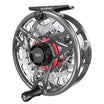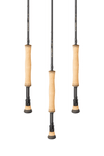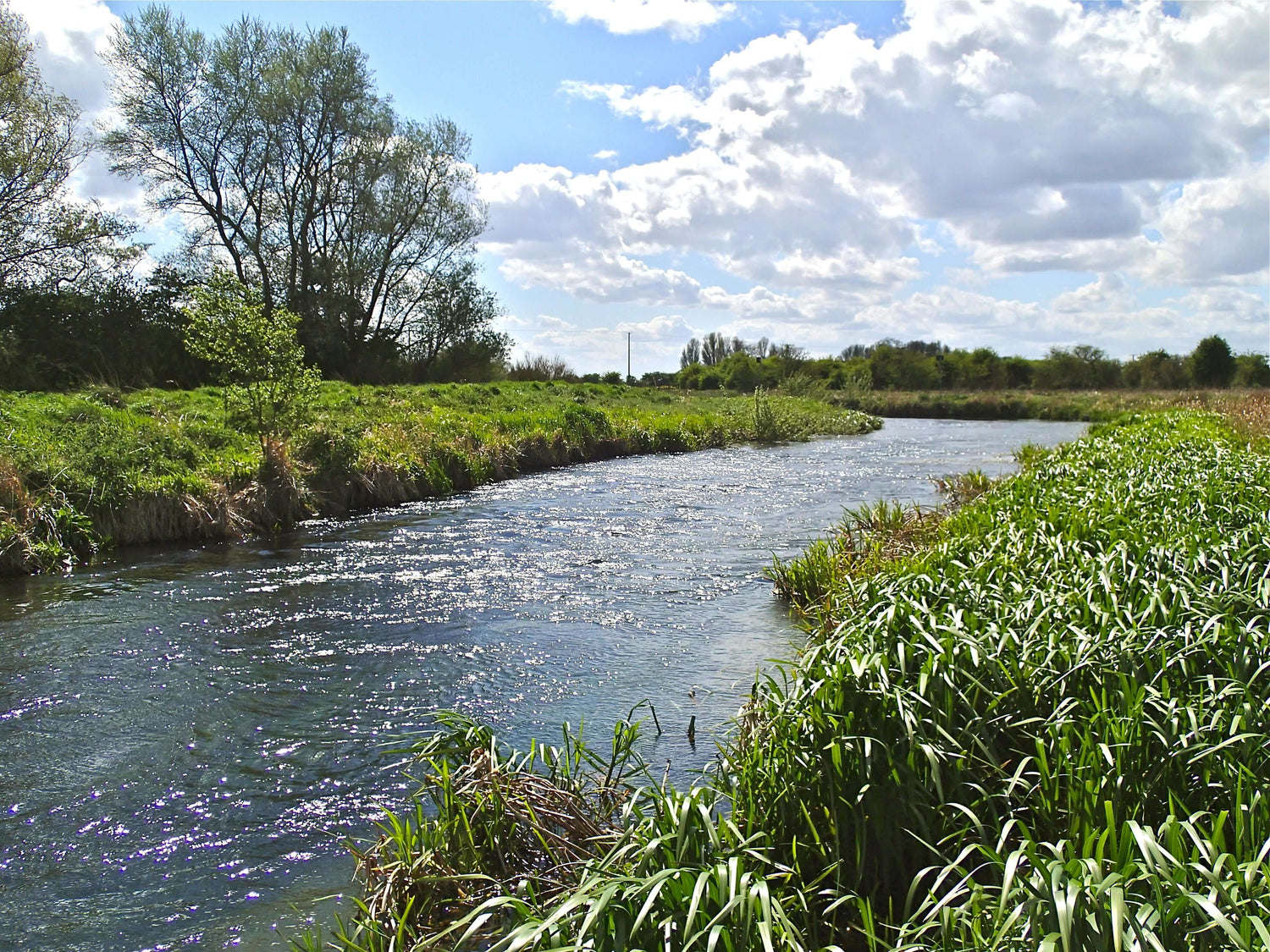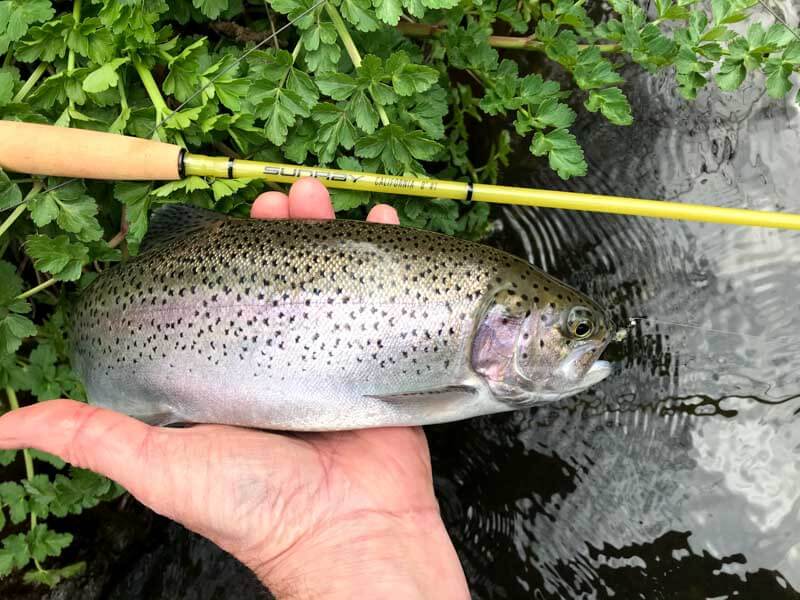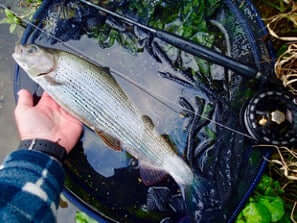Blog by Dave Southall
When I was a child in the early 1960s it was just about catching fish, any fish, by any suitable method with a rod & line. Size didn’t matter; a half pound rudd or crucian carp was a monster. Then in my teens size was all important; I became a Specimen Hunter. Any carp or pike under 10 pounds was not worth catching & trout were only for the coarse fish close season. It was not until my late teens that I got into fly fishing, but then in my early 20s I was seduced away from fishing by rock & ice climbing.
After a 20 years lay-off from fishing a mountain-bike injury lead to a return to fishing in 1998, firstly for chub with bait but soon after with the fly for trout & grayling thanks to my good friend Steve who invited me to join him on a small still water trout fishery & then introduced me to the fishing on Yorkshire’s River Derwent. Once again it started with the desire just to catch fish, then the desire to catch good numbers of fish as a measure of my increasing skills.
Now, over 20 years later & with many thousands of trout, grayling & char, plus numerous coarse fish caught on fly gear I have mellowed & what I want out of my fly fishing has changed significantly. Whilst I still enjoy the days when I catch a good number of fish & I get a real kick out of catching a really big fish for the species or water, there is so much more that I want out of my fishing than just catching fish. So what do I want?
- I want interesting, challenging fishing. This may involve tricky casting in heavily overgrown streams, demanding casting & line control in turbulent pocket-water streams or the need for near perfect presentation of suitable flies to well educated or fish preoccupied with feeding on a specific food item such as Agapetus sedge pupae, tiny Midges or Aphids.
- I want to fish in the company of like-minded companions with whom I can exchange our experiences. Although there may be a degree of competitiveness it is not ‘serious’ & I gain great pleasure when I have been able to help a friend to achieve success. I really enjoy the Wild Trout Trust & Salmon & Trout Conservation Auction Days when I guide successful bidders for the day even though I rarely get a chance to fish on such days.
- I want to be able to take time off to observe & if possible photograph the wild life, the robin eating trout eggs left when the otter has eaten a rainbow trout on my local still water or the otter diving for crayfish & bullheads on my local North Yorks Moors streams. Time to take in the scenery is also important. I have never been attracted to the competition scene because it demands a too tightly focused approach.
- Another reason that I have never wanted to fish in competitions is that I wish to fish in the ways that I enjoy. Whilst I have no objection to others using any legal methods, not for me the Blob under a Bung or three heavy nymphs on a Euro-nymphing rig, although as a last resort I will Euro-nymph. I love the visual aspects of dry fly fishing & sight-nymphing. I also love the finesse of fishing light lines & relatively small flies. As a result fly fishing for pike or fishing streamers for big trout does not really appeal to me although I do occasionally use streamers, particularly when I find trout preoccupied with feeding on spawning minnows. By fishing mainly with a dry fly I know that there are times when I will catch far fewer fish than if I was searching with a Euro-nymph setup but that no longer matters. However, I do consider a blank day as being a failure on my part.
- I also want to explore new places. There is nothing I like more than visiting new waters where I have to find the fish & work out how to catch them. I recently lapsed my 20 years long membership of a local club because I got to the stage where I knew every bit of the 10 miles of water & the fishing had become too predictable.
- I also want to explore the boundaries of possibility when it comes to the presentation of my flies. Discovering Tenkara in the winter of 2010 was a revelation & I had several years when I fished with Tenkara gear on a wide range of waters with a wide range of lines from furled to level monofilament copolymer & fluorocarbon & in a variety of weights & lengths. I discovered what was possible & what was not, the advantages & the disadvantages, such that now I only fish with Tenkara gear on the complex pocket waters for which it was designed & where it is vastly more effective than conventional Western fly fishing setups. This is why I have really taken to some of Tom’s Sunray rods & lines which have allowed me to significantly improve my presentation, particularly of the tiny flies (size 20 to 30) that I often use. Tom’s Jeremy Lucas lines, particularly the 1 weight & 0 weight lines, teamed up with his 10’ 2 weight Volition (now replaced by the 10’ 2 weight Microlite) & the 10’6” to 11’ 6” 0 weight ZERO rod, plus a tapered leader much longer than Tom or Jeremy recommend (typically 12’ to 14’) have allowed me to really stretch the envelope of the possible with regard to super-delicate presentation of dry flies & small nymphs. I can more easily repeatedly cover fussy fish until they take my fly without the fear of spooking them. Furthermore I can present tiny flies relatively drag-free on very light, supple, tippets without fear of being broken off thanks to the forgiving actions of these rods. Even the 10’ 4 weight Microlite rod will comfortably cast a 1 weight line & effectively protect 7x tippet thanks to its design, yet it is not overloaded with a long length of 4 weight line when required.
When Covid-19 is under some sort of control I will just be happy to be able to travel to one of the small North Yorkshire Moors streams & watch the wild trout rise in the company of a good friend. Hopefully we’ll catch a fish or two on a dry fly, but it will be enough just to be there.
I want time to watch the otter
I want to fish in the company of good friends
I want to catch lovely wild fish with light lines (7’ 6” Sunray Microlite rod & 1 weight Jeremy Lucas line)






